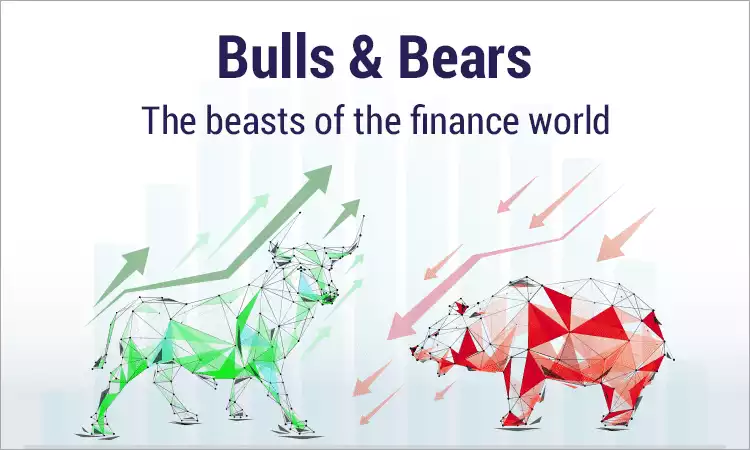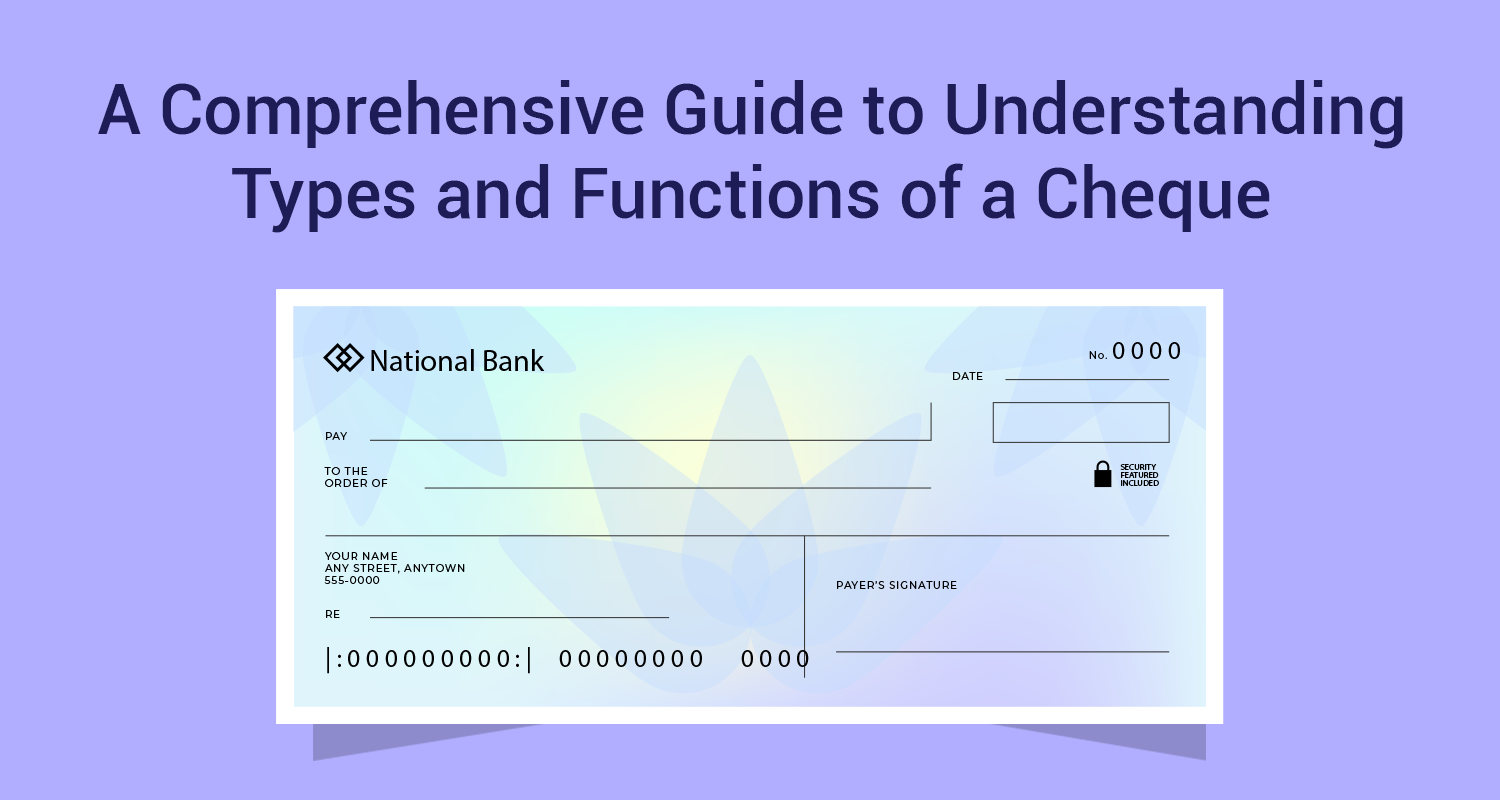Bulls and bears: The beasts of the finance world

You must have heard and read about these terms such as “bull market” and “bear market” an endless number of times on TV and newspapers. Did you ever wonder why they called them so?
Bulls and bears are the undisputed kings of the financial jungle. They are two very powerful forces that work in opposition to each other to generate all the ups and downs that we witness in the markets. Understanding them is very important if you want to invest or trade in equities, derivatives, currencies, bonds, etc. However, the terms bulls and bears are most often used in relation to the stock market.
Let us understand why bulls and bears are so important; explore some interesting facts and examples; and know-how to identify these “beasts” in the stock market.
What is a bull market?When the stock market is doing well – when all the share prices are on the rise, it is said that the market is “bullish.” The term can also be used for an individual stock that shows a constant rise in prices. When a stock is on a bull run, it means that the stock is doing very well.
A bull market shows that the market sentiment is positive and the two most important factors for this sentiment are a robust economy and low unemployment rates.[1]
What is a bear market?A bear market occurs when the overall market sentiment is low or negative and share prices are on the decline. While in a bull market people are buying more stocks than they are selling them, in a bear market the reverse is true. As they see a decline in share prices and a further weakening of the economy, they start selling stocks in large numbers causing a further decline in prices.
However, as a long-term investor, you shouldn’t worry about bear and bull markets as they are cyclical in nature. You should open a Demat account and start equity investment or invest in mutual funds to start your wealth creation journey irrespective of the market sentiment.
How to identify a bull or bear market?As an investor, it’s very important for you to identify a bull or bear market when it occurs. Apart from the rise or decline in share prices, there are other indicators that will help you verify whether it’s a bull or bear market. Remember, a short-term fluctuation in prices does not indicate a bull or bear run; it has to be a sustained duration of drop or rise in prices. Let’s look at a few important indicators below.
Bull market – Key indicators- High GDP growth
- Low unemployment rates
- Rise in stock prices and indices
- More investors buying stocks and holding onto them
- Increased demand in stocks
- Falling GDP growth
- Rising unemployment rates
- More people ready to sell than to hold to stocks
- Aim for an optimum amount of liquidity. Invest in liquid funds and bonds.
- Avoid investing in stocks that have stimulated bear markets in the past.
- Best time to hedge using futures and options
- Invest a significant portion of your capital into equities
- Avoid booking your profits; hold on as long as possible
- During the early to middle stages of a bull market, target mid-caps. During the later stages of a bull market, target mostly blue-chip stocks
According to available historical data, bull markets have lasted longer in India compared to bear markets. In the last 20 years, while bull markets have lasted for an average of 32 months, bear markets have lasted for an average duration of 15 months.[3] That again proves that a bear market should not stop you from investing in market-linked assets such as equity, derivatives and mutual funds. For the value investor, bull and bear markets are just good opportunities to strengthen their equity investment portfolio.
Ready to take your first step towards investing in the stock market. The first step to do so is to open a Demat account. With an IIFL Demat and Trading Account, you get access to the best trading platforms and equity investment advice from professionals.
Disclaimer:The information contained in this post is for general information purposes only. IIFL Finance Limited (including its associates and affiliates) ("the Company") assumes no liability or responsibility for any errors or omissions in the contents of this post and under no circumstances shall the Company be liable for any damage, loss, injury or disappointment etc. suffered by any reader. All information in this post is provided "as is", with no guarantee of completeness, accuracy, timeliness or of the results etc. obtained from the use of this information, and without warranty of any kind, express or implied, including, but not limited to warranties of performance, merchantability and fitness for a particular purpose. Given the changing nature of laws, rules and regulations, there may be delays, omissions or inaccuracies in the information contained in this post. The information on this post is provided with the understanding that the Company is not herein engaged in rendering legal, accounting, tax, or other professional advice and services. As such, it should not be used as a substitute for consultation with professional accounting, tax, legal or other competent advisers. This post may contain views and opinions which are those of the authors and do not necessarily reflect the official policy or position of any other agency or organization. This post may also contain links to external websites that are not provided or maintained by or in any way affiliated with the Company and the Company does not guarantee the accuracy, relevance, timeliness, or completeness of any information on these external websites. Any/ all (Gold/ Personal/ Business) loan product specifications and information that maybe stated in this post are subject to change from time to time, readers are advised to reach out to the Company for current specifications of the said (Gold/ Personal/ Business) loan.



